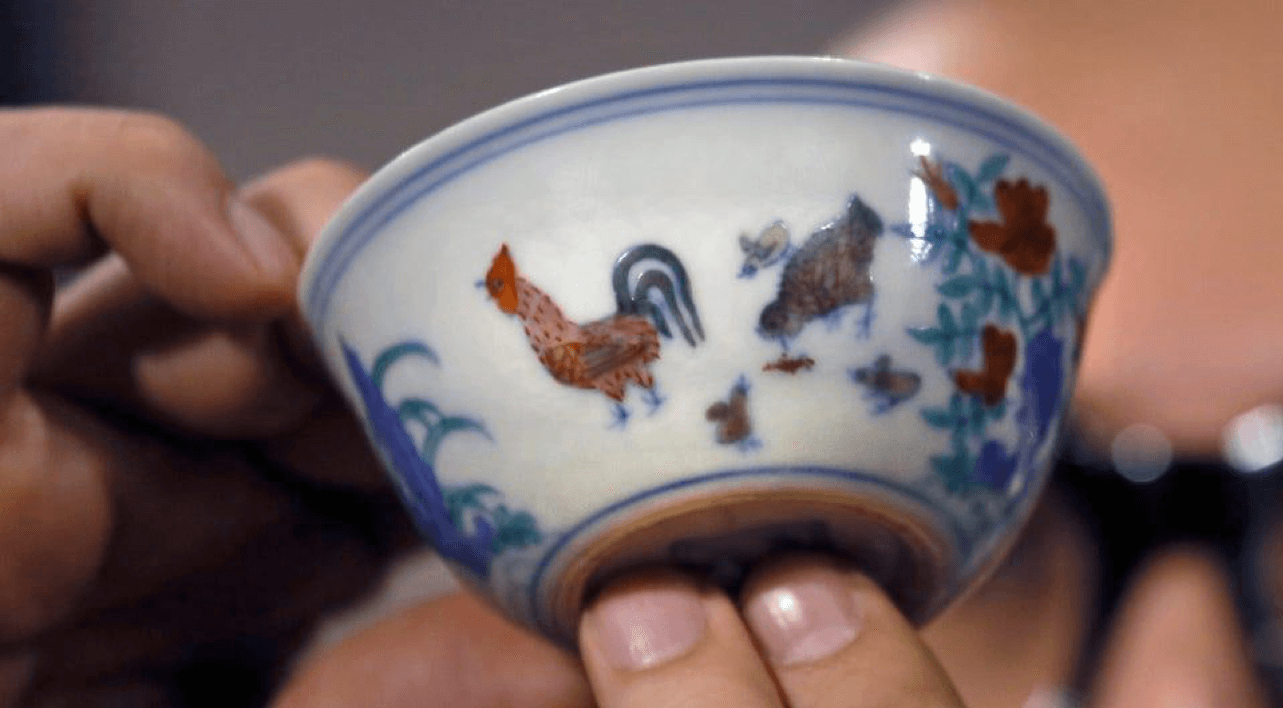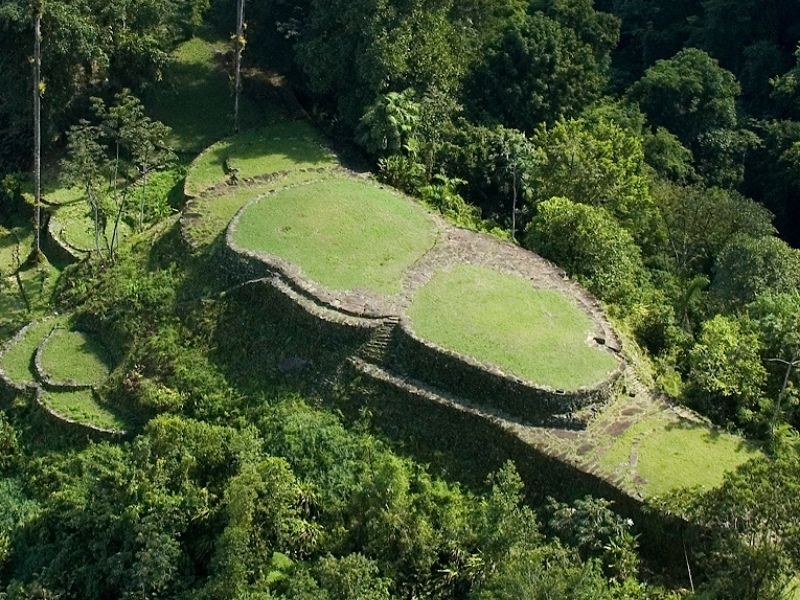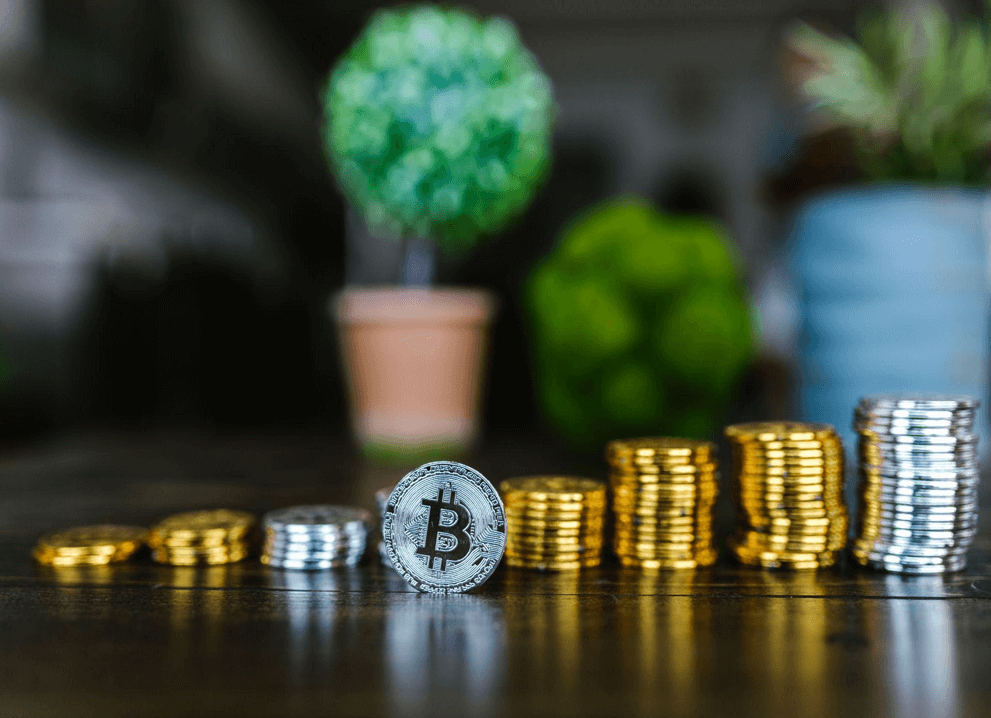By George Sycip
In 2014, a collector bought a porcelain teacup dating back to the Ming Dynasty for $36M. The tiny cup, featuring a chicken and aptly named ‘Chicken Cup’, is only one of 17 still in existence, and its enormous sale price is a testament to how much cultural heritage and legendary art are sought after by some of the world’s richest admirers. This sort of heritage auctioneering is anticipated to venture into a new space—a digital space—as society becomes more involved with the growing technological world.
With the quest to document, restore and conserve world heritage sites, as well as the desire to educate others about indigenous heritages, we are seeing a growing application of new technologies when it comes to cultural heritage preservation efforts.
One way these efforts are being transformed is with the increased popularity of cryptocurrency and the tokenization of art and culture. Whether it be through antiquity tracing or mere admiration for some of the world’s most unique places, the desire to contribute to the preservation of cultural heritage is expanding into digital assets and the metaverse: a digital representation of the physical world. Moreover, there is a tendency towards sharing and digital community activities, especially amongst Millennials and Gen Z who are very tech savvy. Global Heritage Fund sees the value in this expanding market, and we ask you to be on the lookout for the drop of our very first Non-Fungible Token (NFT) in the near future.

Sotheby’s Nicholas Chow presents the Meiyintang “Chicken Cup” from the Chinese Ming Dynasty in Hong Kong in April 2014.
Photo by Vincent Yu, AP
Why is Global Heritage Fund minting an NFT?
Pentas, a NFT marketplace for digital culture and heritage, describes the tokenization of cultural heritage as taking the aspects of cultural heritage that one appreciates and converting them into digital form, where they will live in the blockchain public ledger forever. This allows cultural heritage to be opened up to a new economic sector, inviting owners of cryptocurrency to actively participate in preservation and conservation efforts from anywhere in the world. Buyers would have the ability to virtually manipulate heritage items, and possibly, as part of an NFT purchase, enter into a metaverse. They—or their avatars—could travel back in time to the creation of the physical object their NFT represents, such as the Ming Dynasty, as mentioned above, or one of Global Heritage Fund’s sites, like Ciudad Perdida or Dali Dong Village.

Global Heritage Fund created a 360-degree experience of Ciudad Perdida, the “Lost City”, in 2017.
Photo by Fausto Giaccone
Virtual reality technology is not new to GHF. In 2017, we created a 360-degree experience of our project site, Ciudad Perdida, allowing viewers to visit the site virtually with an Oculus Quest headset and avoid the two-day trek it requires in person. We are keen on using this technology again in the future as we grow in the crypto-world. As we gauge the potential for our work when it comes to NFTs, we will determine if virtual reality technology is something we want to pursue for future single collectible NFTs or more extensive collections.
NFTs and the Environment
It is important to note that minting NFTs does not come without a price. The energy exertion needed to mine cryptocurrencies is extensive, however, there are more eco-friendly currencies that inflict less damage on the planet, such as nano, IOTA, and chia, which are considered to be pioneers in environmentally-friendly cryptocurrencies. Ethereum, the world’s second biggest cryptocurrency, is also expected to be 99.95% environmentally-friendly with the roll-out of Ethereum 2.0, which will drastically cut energy emissions. In addition to the revolution of new currencies, there is the all new Crypto Climate Accord, which seeks to decarbonise the crypto and blockchain industry and achieve net-zero emissions by 2030.

Photo by RODNAE Productions
The Future of Cryptocurrency and Cultural Heritage
Global Heritage Fund sees this venture as an effort to push a discipline of the past into the future. Cryptocurrencies, NFTs, and blockchain technology are in their infancy, and at Global Heritage Fund and within the broader heritage sector, we have not yet tapped the limitless potential of this new space. By bringing awareness, funds, and increased investment in the world’s historic places and the heritage bound up in them, the crypto-world has the potential to massively scale support to cultural heritage from an untapped segment of investors. We eagerly await the drop of our first NFT and the potential this technology holds.

